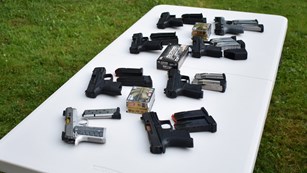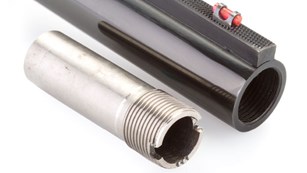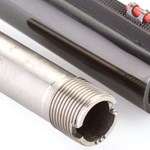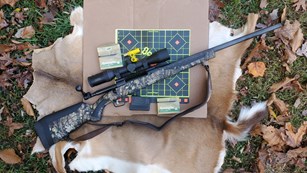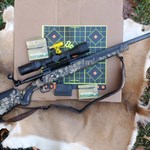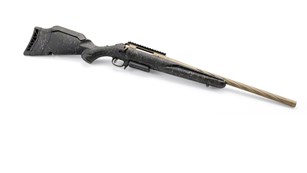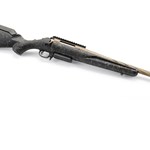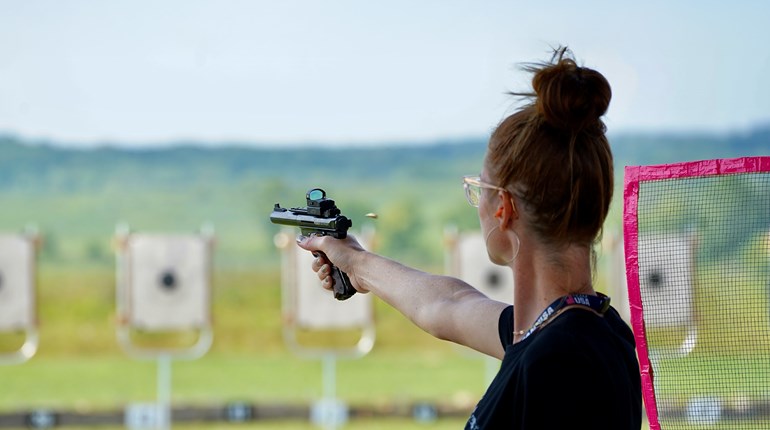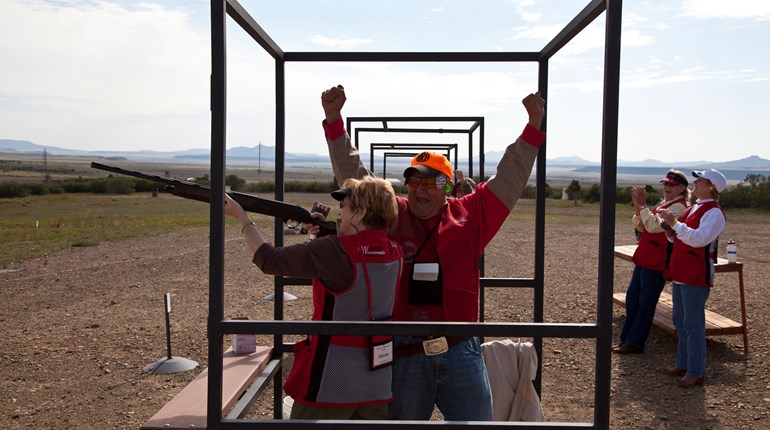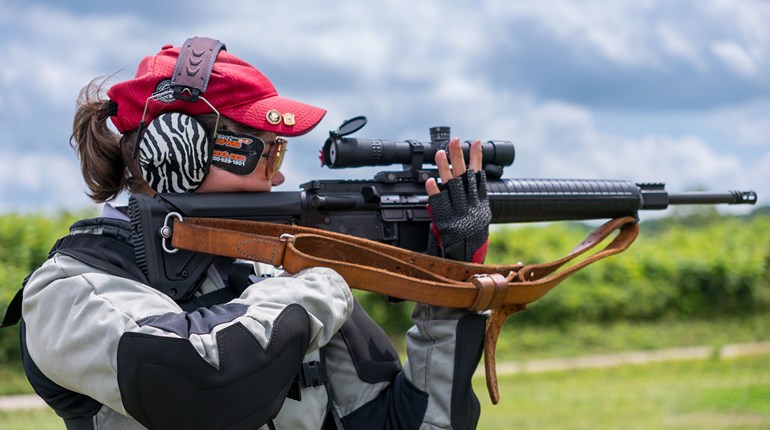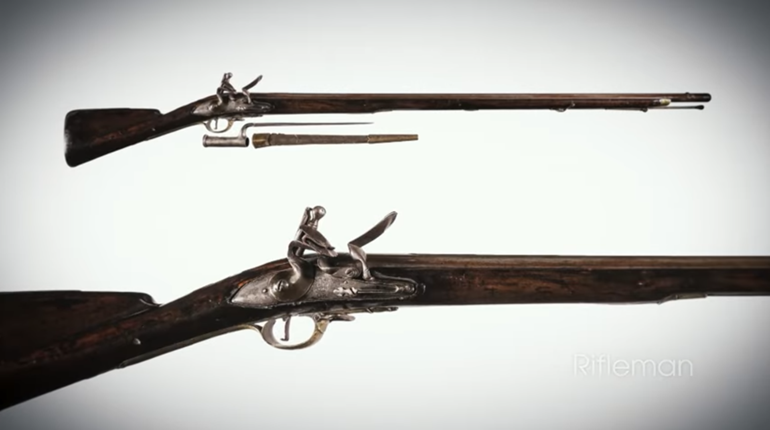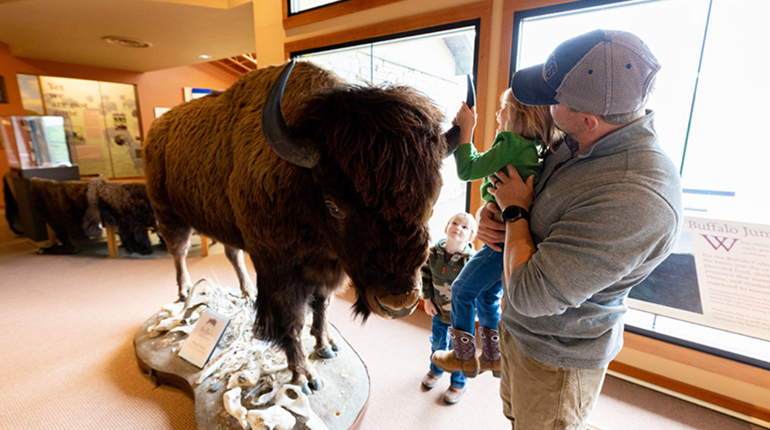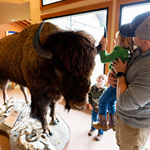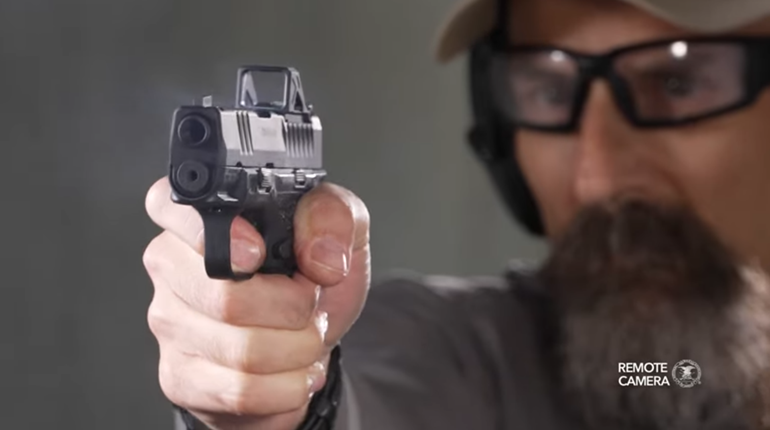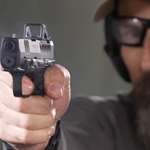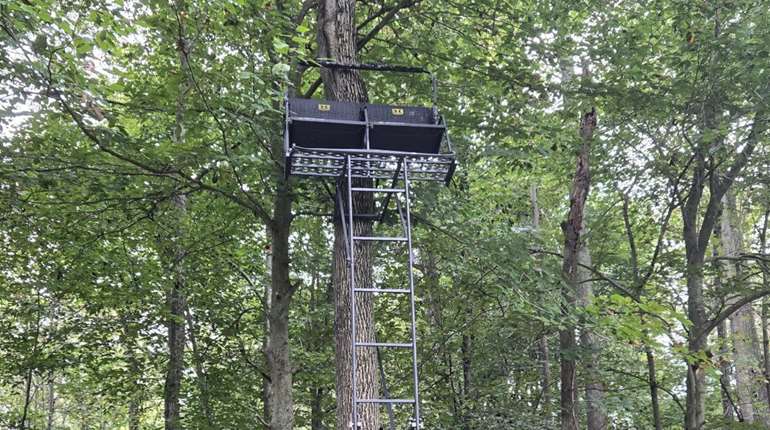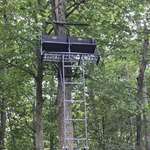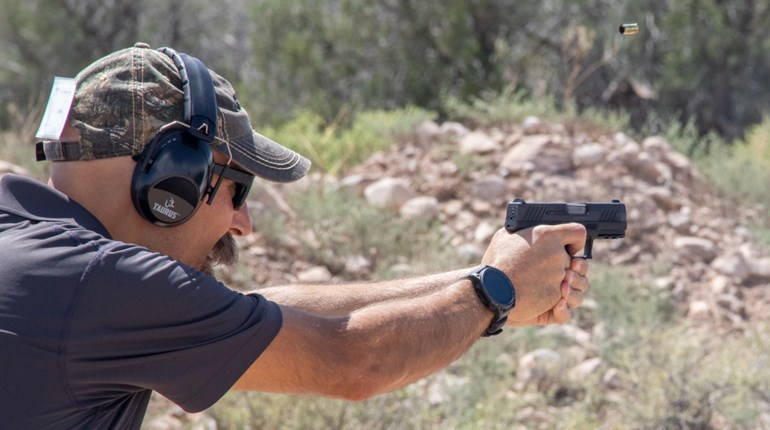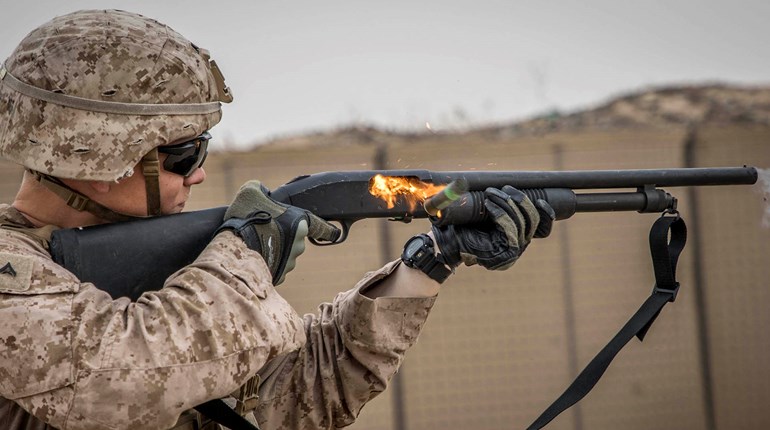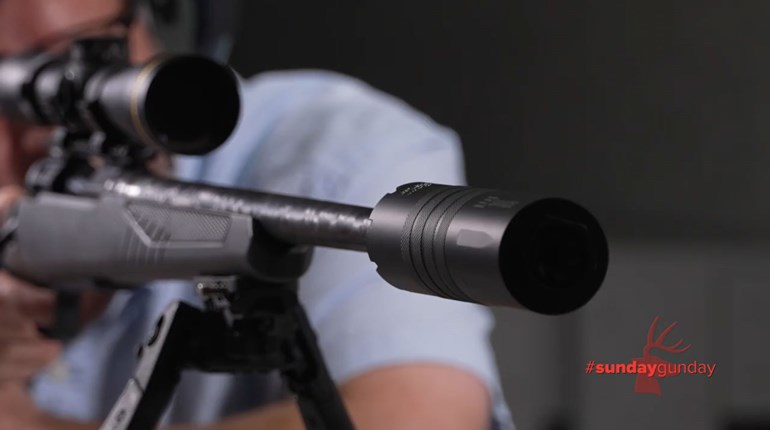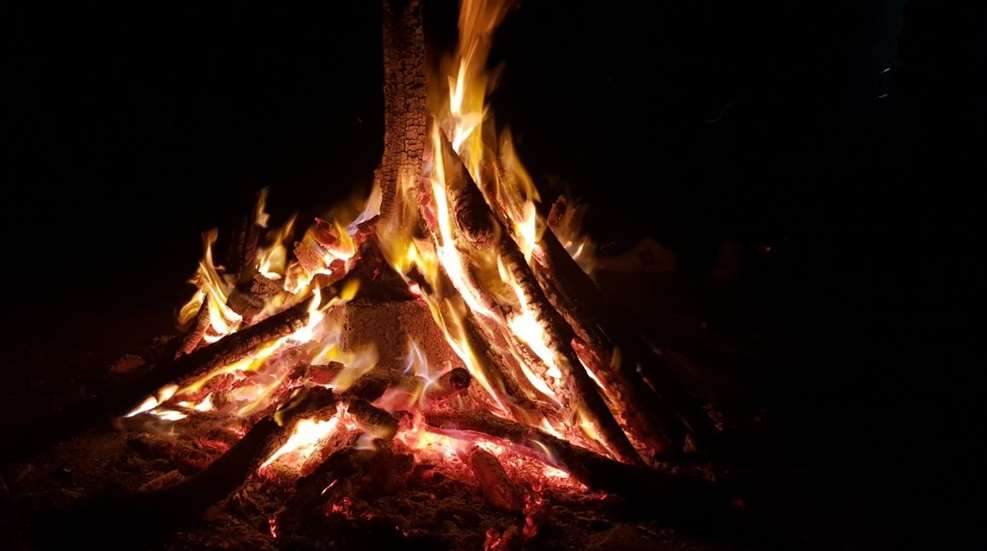
Jack London's short story "To Build a Fire" is, essentially, Murphy's Law set in the Yukon. In it, the protagonist makes a series of tiny mistakes while he tries to build a fire...and it's enough to cost him his life (although, thankfully, his dog does make it). The truth is, knowing how to build a fire isn't just important for lone prospectors in the Alaskan wilderness; fire-building is a critical skill for anyone who spends time in the outdoors. Hypothermia can set in even during relatively mild weather, especially if the person's clothing and skin are wet. With fire, a person can warm themselves, dry their clothing, signal for help, cook a meal and bolster themselves against panic. After all, Murphy's Law respects no one--so here's what to do when everything that can go wrong, does.
First, always carry means to light a fire with you when you're heading into the outdoors. Long wooden matches of the "strike-anywhere" variety are probably the most practical for starting fires. A waterproof, unbreakable container will help keep your matches dry. To prevent them from accidentally catching fire inside the container, you should:
1. Place half of the matches upside-down to keep their heads from rubbing together;
2. Dip the matches in paraffin wax (this also waterproofs them, and makes them burn longer when struck);
3. Pack cotton batting into the container to keep the matches from striking against one another (the cotton also makes great tinder).
A second way to start a fire is with flint and steel. Cold, wet, windy weather won't affect the use of this firestarter. Hold the flint so that the bottom corner rests against against a log or other surface; extend your finger to keep the tinder from spreading around while you work. Then hold the steel vertically, with the "saw tooth" edge on the flint. With pressure, strike the steel against and along the flint so that the resulting sparks land on your tinder.
Before attempting to light your fire, have two kinds of fuel available: tinder and kindling. (And no, this will not involve any apps on your phone.) Most fires will not burn without first lighting some easily flammable tinder. In forest areas, you'll find it readily available. Just gather the fine dead twigs from the lower limbs of standing trees or from dry windfalls. They make excellent tinder. So does thin layers of birch bark, peeled off and torn into shreds. Other materials such as dry grass, the fur balls found in the nests of mice and birds, shavings, dry leaves, (empty) hornet nests and even lint scraped off your clothing with a knife or sharp rock...all make great tinder.
For kindling, gather dry, standing, dead wood. Because of its highly flammable resin, the dry wood of most evergreen trees makes good kindling. The thicker the logs, the longer they will burn. A large, old tree stump is ideal for an all-night fire. The inside of tree trunks and large branches may be dry, even if the outside bark is wet.
Now, here's the key to avoiding the fate of Jack London's nameless protagonist: Select the location of your fire pit carefully. Do not build a fire under a tree, as the tree could catch fire. If there's snow on the branches, the fire could melt it...thus soaking the fire and putting it out. If you must build a fire on snow, construct a platform on the snow made of green logs or stones. (Avoid using wet, porous rocks as they can and do explode when heated!) If the ground is dry, scrape away all the grass and debris and build the fire on bare dirt to avoid starting a grass or forest fire. If possible, build the fire against a rock or wall of logs to reflect the heat towards you and your shelter.
Here are five tips to keep that fire burning bright:
1. Be selective when gathering your tinder. The dryer and finer, the better.
2. Shelter that tinder from rain or snow with your body. Keep your back to the wind. Have additional fuel ready.
3. Hold twigs in your hand in an upright position.
4. Use two or more wooden matches, and hold them under the twigs.
5. Keep the twigs in your hand until they start burning readily, before putting them on the ground with your kindling.

